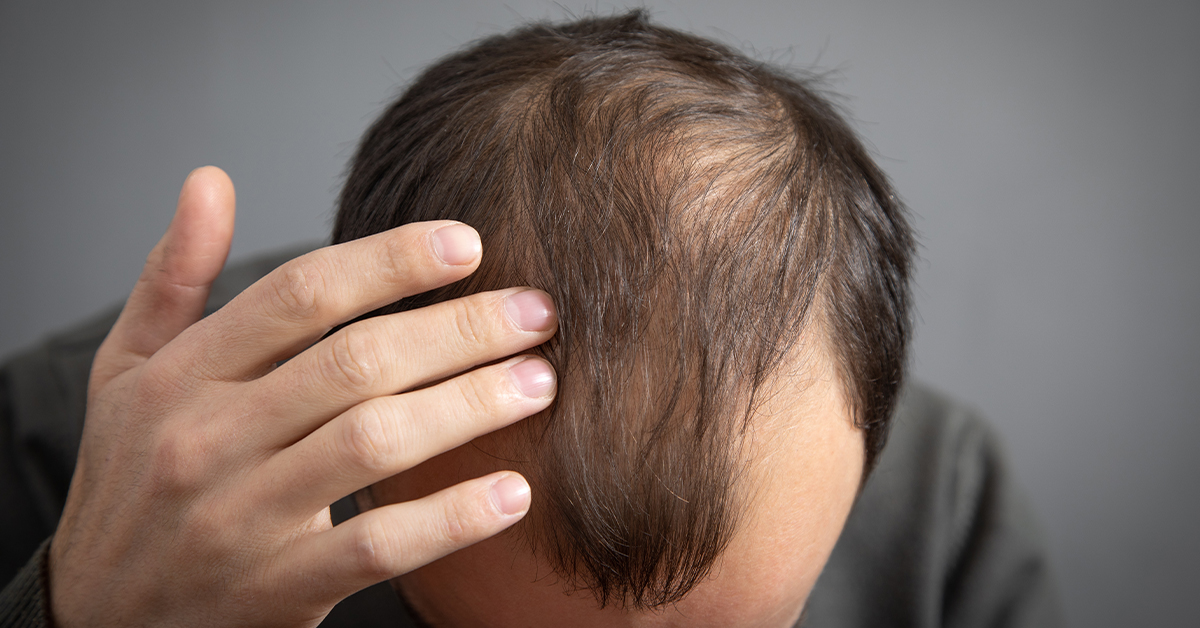Anagen effluvium is a non-scarring form of hair loss that occurs in both men and women all over the world. It involves the loss of hair that has been chemically damaged during their anagen/growth phase. Injury to the hair follicles causes them to shed structurally damaged hairs.
What Causes Anagen Effluvium?
One of the most persistent images associated with cancer treatment is hair loss. Anagen effluvium as a direct result of chemotherapy treatments is often referred to as chemotherapy-induced alopecia. This is especially true for those treatments that are high dose or that employ alkylating agents.
Some of the chemotherapy drugs shown to have a direct relation to hair loss include (but are not limited to):
- Bleomycin,
- Dactinomycin,
- Daunorubicin,
- Doxorubicin,
- Cyclophosphamide,
- and high-dose Methotrexate.
Other medications (such as colchicine) and poisons (such as thallium and arsenic) can also be responsible for anagen effluvium. This is due to them causing the same kind of chemical damage to the hair and follicles.
What Does Anagen Effluvium Look Like?
Usually beginning within a few days or weeks of starting chemotherapy treatments, anagen effluvium presents at first as diffused shedding of the hair. While the severity of the case varies from person to person, it is common for the patient to have complete hair loss within the first few months of chemotherapy. The diffuse shedding that anagen effluvium presents is visually quite similar to that presented by telogen effluvium.
However, when considering anagen effluvium vs telogen effluvium, there are fundamental differences between the two. Anagen effluvium is caused by chemical damage to the hair shaft. Meanwhile, telogen effluvium is caused by physical or emotional stresses disrupting the growth cycle. As a result, it is not uncommon to encounter overlapping cases of telogen effluvium and anagen effluvium, since chemotherapy causes significant emotional and physical stress.
Does Hair Grow Back After Anagen Effluvium?
While hair loss from chemotherapy is inevitable, there is light at the end of the tunnel. The majority of anagen effluvium cases are reversible. In the majority of cases, the hair will grow back once the course of chemotherapy ends.
Reef Hair Helps You Manage Telogen Effluvium
At Reef Hair, you have options when it comes to hair preservation and replacement. Whether your problem is derived from anagen effluvium or another type of hair loss we can diagnose and develop a customized treatment plan geared to your specific needs. Set up a consultation today and let’s begin your journey toward a restored and vibrant head of hair!


